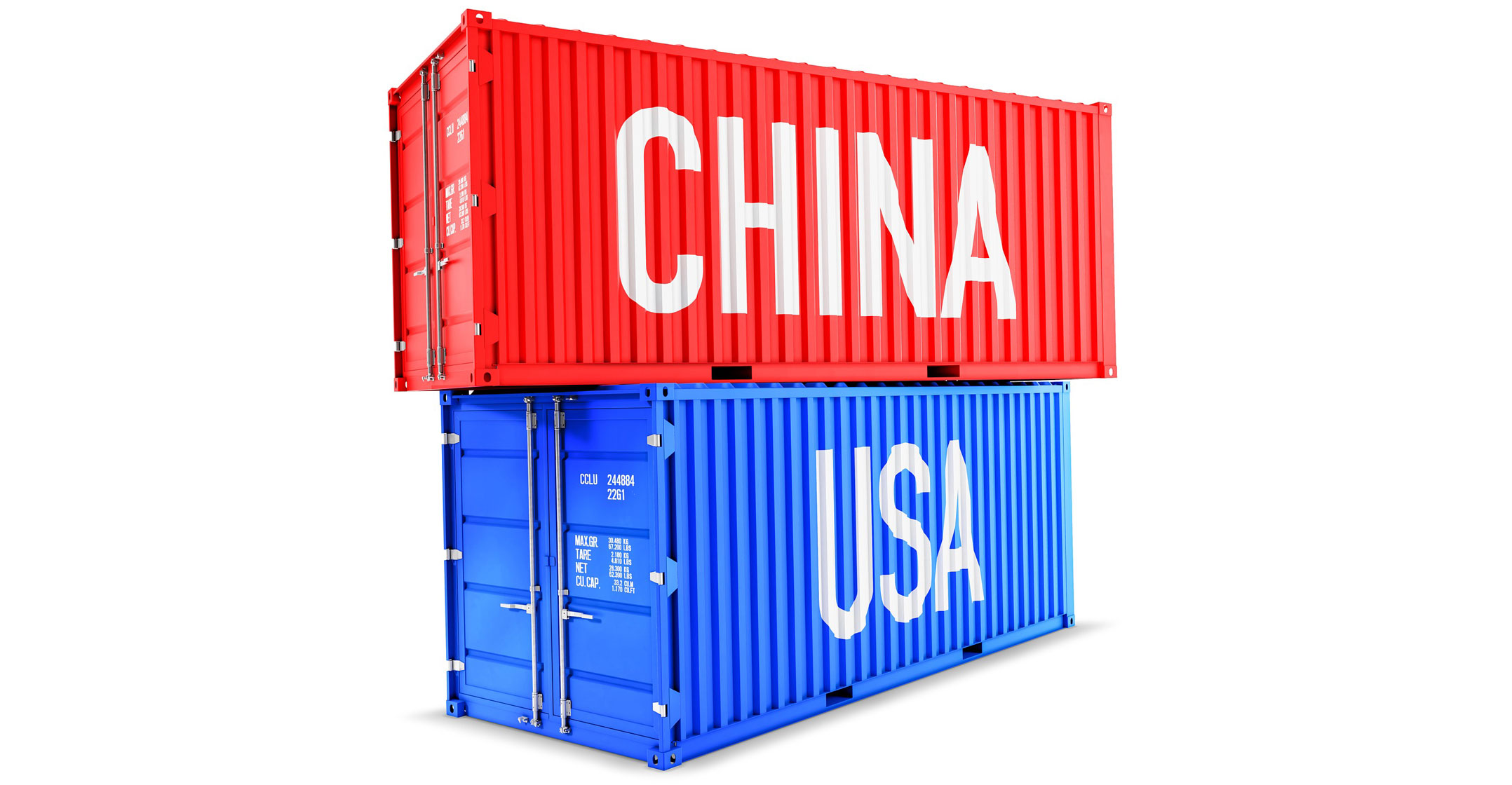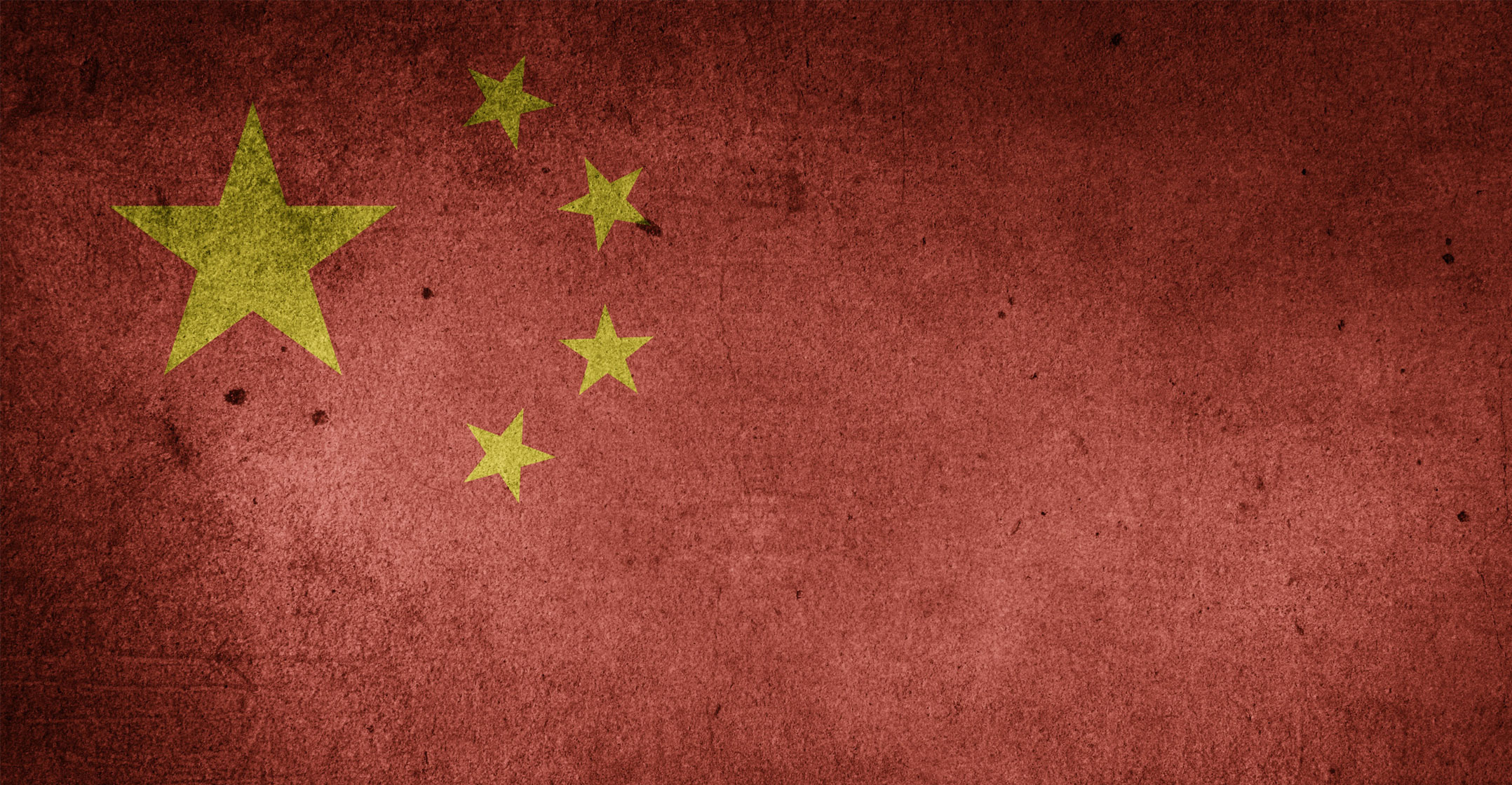 In 1962, at the height of the Cold War, the US sought to rally its allies to block construction of a Soviet oil pipeline that would supply Red Army forces in Eastern Europe. It was an exercise in futility. West Germany grudgingly agreed not to supply high-technology pipes for the project. But Britain, Italy and Japan all rebuffed Washington’s appeals. The Friendship pipeline went ahead with only a short delay, having exposed strains in the Western bloc. Worse, from a US perspective, the episode convinced Moscow to become self-sufficient in steel pipes.
In 1962, at the height of the Cold War, the US sought to rally its allies to block construction of a Soviet oil pipeline that would supply Red Army forces in Eastern Europe. It was an exercise in futility. West Germany grudgingly agreed not to supply high-technology pipes for the project. But Britain, Italy and Japan all rebuffed Washington’s appeals. The Friendship pipeline went ahead with only a short delay, having exposed strains in the Western bloc. Worse, from a US perspective, the episode convinced Moscow to become self-sufficient in steel pipes.
Today, as the US seeks to deny China access to advanced technologies — in the latest move, US legislators introduced a bill last week to ban chip sales to Chinese tech companies that defy US sanctions — many talk glibly of a tech Cold War, as though there are simple parallels with Washington’s efforts in an earlier era to impede the advance of a strategic competitor. That assumption not only misconstrues the Chinese economy, which is nothing like the Soviet one, but gets the Cold War completely wrong.
A key lesson from that confrontation is that it’s extremely difficult to ring-fence technologies and prevent their export to a rival. The challenge is immeasurably more complicated in today’s hyper-connected global economy. Indeed, any attempt to reprise the actual Cold War will almost certainly end up hurting the US economy and those of its friends and allies as much, if not more, than China’s.
Remember that 1962 was the year of the Cuban Missile Crisis, when the US and Soviet Union teetered on the brink of nuclear Armageddon. Yet even then, Washington couldn’t convince its closest Nato allies to disrupt the Soviet war machine. The cynical view in European capitals was that Washington’s real goal was to prevent the Soviet Union from dumping oil in Western markets and undercutting the profits of US energy giants.
Suspicions that the US used sanctions against the Soviets to play commercial games dogged relations between Washington and its allies for years. The problem wasn’t military hardware — everybody agreed on the need to deny the Soviet Union munitions, as well as nuclear equipment — but, rather, technologies with both civilian and military applications. In those cases, the principle of free trade conflicted with legitimate security considerations.
To balance these concerns, a secretive group set up by the US to oversee the Soviet sanctions regime — the Coordinating Committee for Multilateral Export Controls, or CoCom — met every week in Paris to adjust the lists of restricted items and haggle over exemptions. Even so, sensitive technologies leaked into the Eastern bloc from non-CoCom countries, including Switzerland and Sweden.
Relevant today
All this is relevant today as the US tightens export controls aimed principally at China. The US department of commerce last week closed public hearings on a proposal to clamp restrictions on 14 emerging technologies, including artificial intelligence and robotics. This is on top of a congressional bill that expands the powers of a treasury-led committee charged with vetting foreign investments for national security reasons. Senator John Cornyn, the Texas Republican who sponsored the bill, said it would “help put an end to the backdoor transfer of dual-use technology that has gone unchecked for too long”.
The successors of CoCom committees face almost unfathomable complexities, however. Just about every modern technology is dual-use: AI can optimise both factory production and battlefield awareness; drones can deliver bombs and missiles as well as postal packages. It’s difficult enough to define products that consist of millions of lines of software code and reams of customer data — often sitting in the cloud — let alone track their export.
 Asian manufacturers worry that the US effort, if broadly applied, could unravel their supply chains; US patents are ubiquitous in electronic products assembled in China. Moreover, Silicon Valley is where global firms from Japan to Germany go to incubate technologies, such as driverless vehicles, which they roll out in the Chinese market. Choking off technology transfers to China risks hobbling this kind of innovation in the US and driving it overseas. Simultaneous moves to restrict US visas for Chinese science and engineering students only exacerbate that danger.
Asian manufacturers worry that the US effort, if broadly applied, could unravel their supply chains; US patents are ubiquitous in electronic products assembled in China. Moreover, Silicon Valley is where global firms from Japan to Germany go to incubate technologies, such as driverless vehicles, which they roll out in the Chinese market. Choking off technology transfers to China risks hobbling this kind of innovation in the US and driving it overseas. Simultaneous moves to restrict US visas for Chinese science and engineering students only exacerbate that danger.
China is not the Soviet Union: in many areas of technology, including AI, it’s already close to parity with the US. And misreading the Cold War will inevitably lead to misguided policies. While the US-led technology blockade may have slowed Soviet expansionism, the Soviet system ultimately collapsed under its own weaknesses — lack of innovation, a chronic shortage of consumer goods, inept central planning.
None of these are obvious Chinese failings. It’s one thing to convince China to halt its state-sponsored theft of commercial secrets, stop forcing multinationals to hand over technology in exchange for market access, and scale back its mercantilist ambitions to dominate the technologies of the future. This is only asking China to play by the same rules as everyone else as it pursues its goals.
Security concerns, on the other hand, require a different, more targeted approach that seeks to minimise both the threat and the harm to the US economy. Susan Shirk, a former deputy assistant secretary of state during the Clinton administration, sensibly proposes a “small yard, high fence” approach: narrowly define technologies such as long-range radars, or advanced turbofan engines, whose loss could endanger US national security, and then aggressively protect them. In a similar vein, it makes more sense to punish individual Chinese companies that benefit from technology theft rather than resort to blanket measures against entire industries.
Above all, the US should focus on its own industrial competitiveness. “For every dollar we spend on containing China, we should be spending on our labs and innovation centres,” says Gary Rieschel, the founder of Qiming Venture Partners and a pioneer US investor in the Chinese tech sector. He adds: “The US does not do defence well.” — By Andrew Browne, (c) 2019 Bloomberg LP




